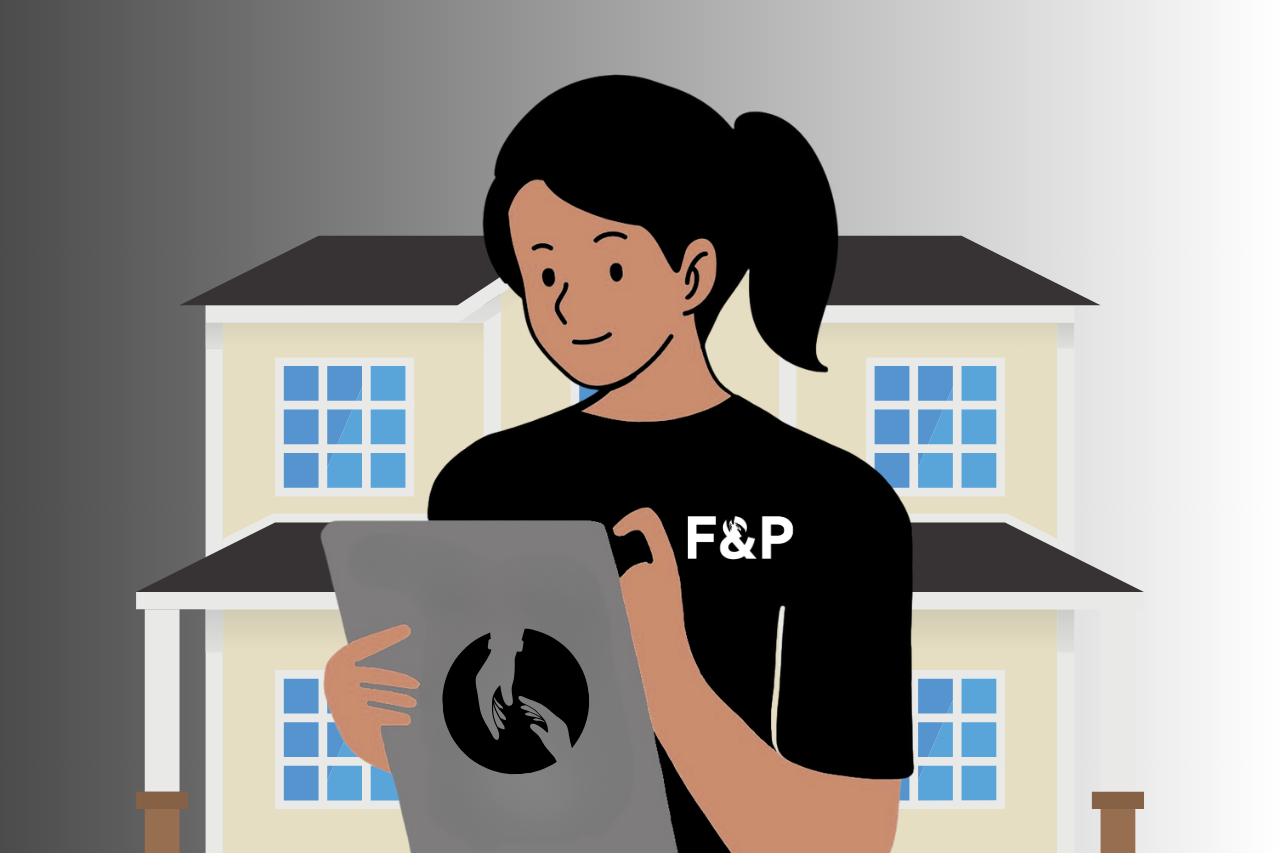In the care home sector, staffing shortages are an ongoing challenge, and many care homes rely on agency workers to maintain quality care for residents. While these agency workers play a critical role, care homes face the task of integrating temporary staff into their teams in a way that minimises disruption and maintains continuity of care. Given the diversity of care homes, particularly in regions like Yorkshire where each home may have different policies, systems, and processes, there’s no one-size-fits-all approach.
However, there are universal strategies that can help care homes, regardless of their specific setup, integrate agency workers smoothly and ensure they are supported in delivering high-quality care alongside permanent staff.
1. Establish Clear and Open Communication
Good communication is essential for ensuring that agency workers understand their roles and responsibilities as soon as they arrive. Although care homes vary in terms of structure and policies, it’s critical to provide a clear briefing on what’s expected from agency staff during their time at the facility.
Key Actions:
- Brief agency workers on their responsibilities at the start of every shift.
- Provide a point of contact within the team for any questions or issues.
- Ensure that any unique care protocols or expectations are communicated early.
2. Adapt Onboarding to Your Care Home’s Needs
In some care homes, a formal orientation program may not be feasible or even exist. However, it’s still important to ensure that agency workers are familiar with the basic routines and expectations for care. Even if time is limited, a quick tour of the facility, introduction to key staff, and a rundown of safety procedures can go a long way.
Key Actions:
- Provide a brief but essential introduction, covering areas like fire safety, emergency contacts, and resident care plans.
- If a full orientation isn’t possible, assign a permanent staff member to act as a mentor during the first shift to answer questions.
3. Promote Collaboration Among Staff
It’s vital to create a work environment where permanent staff and agency workers collaborate effectively. A positive team dynamic ensures that both agency and permanent staff feel respected and supported. Care homes that foster an open, inclusive environment tend to see smoother integration, leading to better care for residents.
Key Actions:
- Encourage agency and permanent staff to share tasks and support each other during shifts.
- Facilitate open discussions between team members to address concerns and share feedback.
4. Foster Continuity of Care
One of the challenges of working with agency staff is the potential for inconsistencies in care delivery. While it may not always be possible, requesting the same agency workers for repeat shifts helps ensure continuity of care and familiarity with residents’ preferences and needs.
Key Actions:
- Where possible, request the same agency workers for repeat bookings to build familiarity and consistency in care.
- Keep track of agency workers who perform well and maintain a list of preferred staff for future shifts.
5. Set Expectations Clearly and Consistently
Even in care homes where policies and procedures differ from shift to shift, it’s important to provide agency workers with clear expectations for their time in the home. This might include specific care routines, documentation requirements, or protocols that may differ from those they’re used to. Ensuring clarity in what’s expected reduces misunderstandings and ensures that residents receive the care they need.
Key Actions:
- Outline daily tasks and responsibilities at the beginning of each shift.
- Ensure agency staff are aware of care home-specific rules or guidelines (e.g., medication administration, resident handling protocols).
6. Encourage Feedback and Two-Way Communication
Creating a culture of open communication benefits both permanent staff and agency workers. Encouraging agency workers to provide feedback on their experience helps identify potential areas for improvement, while giving them regular feedback can improve their performance and make their integration smoother.
Key Actions:
- Allow agency staff to share their observations on care delivery or team dynamics.
- Provide positive feedback and constructive guidance to agency workers, especially when they’re on repeat shifts.
7. Leverage Simple Tools to Improve Integration
Not every care home has advanced technology systems, and in some settings, paperwork may still be the norm. Regardless of the systems in place, providing agency workers with easy access to care records, schedules, and care plans helps ensure that they are aligned with the rest of the team and can deliver consistent care.
Key Actions:
- Provide quick access to key resident care notes and schedules (whether paper-based or digital).
- Use simple shift briefings to keep both permanent and agency staff up-to-date on residents’ current needs.
8. Recognise and Include Agency Workers
Agency workers often move between different care settings, but during their shifts, they are part of your team. Recognising their contributions and making them feel included in the care home’s culture can significantly improve morale and the overall working environment.
Key Actions:
- Acknowledge agency workers’ efforts in team meetings or informal settings.
- Ensure agency staff feel part of the team, even if they are only there for a short time.
Conclusion
Successfully integrating agency workers with permanent staff in care homes requires a flexible but structured approach. By focusing on clear communication, collaboration, and continuity of care, care homes can create an environment where both agency and permanent staff can work seamlessly together.
Each care home may have different resources and systems, but these general practices can be adapted to fit any environment, ensuring that residents receive the highest quality of care, no matter who is on shift. By fostering an inclusive, supportive atmosphere, care homes can not only make the most of their agency staff but also maintain a strong, cohesive team that provides consistent, compassionate care.
Need More Support?
If you’d like more information on how we can help you integrate skilled agency workers into your care home’s workforce, feel free to reach out to us today

